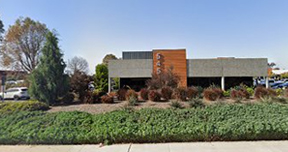Pedestrian struck by commercial vehicle resulting in wrongful death.
Backover injuries occur when a vehicle backs into or over a person. They often result from driver inattention or the driver’s inability to see the entire space behind the vehicle. Some defects in transmissions or brakes may also lead to backover accidents, as many focused car accident attorneys in San Diego have seen.
One technological tool known to reduce the rate of backover accidents is the car backup camera. The camera is mounted in the rear of the vehicle and faces backwards, covering as much of the area behind the car as possible. The image is sent to a monitor in the dashboard, where the driver can see it and use caution accordingly. Some systems also incorporate alarms that sound when sensors in the car’s rear detect an object immediately behind the vehicle.
While backup cameras aren’t foolproof, they do help drivers prevent backover accidents. However, the National Highway Traffic Safety Administration (NHTSA) has yet to create a final rule regarding the installation and use of backup cameras in U.S. vehicles, and this situation is not likely to change any time soon. The agency let its last self-imposed deadline lapse at the end of 2012, and no new action is currently planned, according to the Detroit News.
The NHTSA states that the delay, which affects both the backup camera rule and other rules, is due to a lack of resources. Other affected rules deal with seat belts and transportation of agricultural equipment. All of the delayed rules stem from a transportation bill passed by Congress in July 2012.
Notifications

